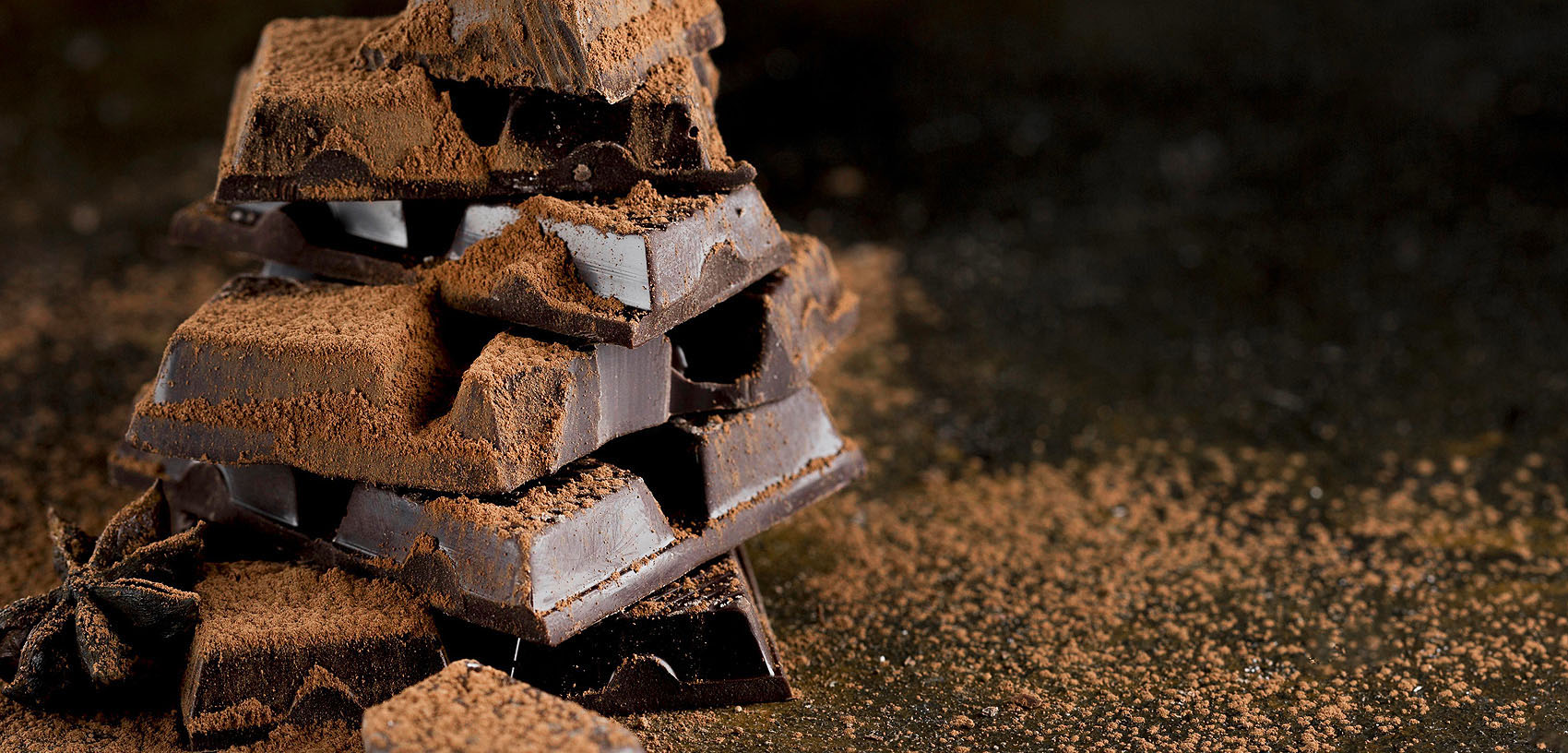
COCOA
The Cacao tree is native to the Amazon, later spreading to Central America, especially Mexico, where it was already cultivated by the Mayans more than 2500 years ago.
The Aztecs learned the cultivation and use of cocoa from the Mayans. They called cocoa cacahuat and xocolatl the aromatic drink obtained from its fruits. They had different ways of making it and perfuming it, more liquid or thick, with more or less foam, with honey, corn or hot chili.
To obtain this drink, they fermented the cocoa pods, dried them in the sun, roasted them and pressed them between two hot stones until they obtained an oily, dark and bitter paste. Then they liquefied it with heat, sweetened it with honey and flavored it with vanilla, and thus they drank it. for
The xocolatl was reserved for the emperor, nobles, and warriors. Cocoa beans were also used as bargaining chips. for
Cristobal Colón discovered cocoa in America, but it was not well received at that time in Europe. In 1519, Hernán Cortés landed in the country of Moctezuma - emperor of the Aztecs - and mistaking them for gods, Cortés and his soldiers were treated to xocolatl (or tchocolatl or chocolatl). for
In 1528 Cortés returned to Spain with a shipment of cocoa along with the recipes and utensils for the preparation of that drink. for
Then Europeans substitute sugar for honey and use cinnamon, in addition to vanilla, as a flavoring. At the beginning of the XIX CENTURY, chocolate became more popular thanks to the industry. In 1828, the Dutchman Conrad Van Houter invented the press that made it possible to separate the oily part (cocoa butter) from the cocoa mass (cocoa powder).
Today, chocolate, a product that was once reserved for gods and kings, is one of the world's favorites.
Symbology and medicine
Cocoa symbolized for the Mayans and Aztecs, physical vigor and longevity. They used it as medicine and their doctors prescribed it as a relaxant, as a stimulant and as a restorative.
At the same time, “cocoa butter” was used as an ointment to heal wounds.

 We currently have the most select cocoa from the most prominent places in the world.
We currently have the most select cocoa from the most prominent places in the world.
We import the best grain in the world from Brazil and from various countries in the East.
 We provide cocoa to the most demanding chocolate manufacturers, as well as to gastronomic producers specialized in beverages, ice cream, dairy products and baked goods.
We provide cocoa to the most demanding chocolate manufacturers, as well as to gastronomic producers specialized in beverages, ice cream, dairy products and baked goods.
CORDIS has been involved in the
Cocoa industry since its
inception, more than 60 years ago.
TOPPINGS
Topping is a type of very good quality chocolate that contains cocoa butter in proportion (32-39%). This high percentage of cocoa butter, combined with a good tempering, gives the chocolate a higher luster and a more rigid texture when broken, being also creamier in flavor.
It is a type of chocolate whose main use is in baking.
Black. It is the topping itself and what others call bitter. The percentage of cocoa reaches up to 75% although the ideal is around 70% cocoa and up to 40% total fat, which allows it an excellent fluidity.
Milky. It is a topping that is around 40% cocoa and a similar percentage of cocoa butter. Milk is added in addition to sugar and spices or lecithin. His fluency is also very good.
White. It has a lower percentage of cocoa (+/- 30% cocoa) than cocoa butter (+/- 40% cocoa). Milk is added in addition to sugar and spices or lecithin. His fluency is also very good.
Currently there are other types of topping for white chocolates mixed with fruit pulps or natural flavors.

 CORDIS offers a wide range of toppings: Semi Bitter, with Milk and White, with exquisite aromas and flavors, made from the best cocoas in the world.
CORDIS offers a wide range of toppings: Semi Bitter, with Milk and White, with exquisite aromas and flavors, made from the best cocoas in the world.
 We have "molding baths" that do not need tempering, easy to use, leaving a final product with a perfect shine and a unique and exquisite flavor.
We have "molding baths" that do not need tempering, easy to use, leaving a final product with a perfect shine and a unique and exquisite flavor.
Applications
Cordis toppings are ideal for making: Easter Eggs, Cookies, Bonbons, Cakes and Fillings. Without trans fats and gluten-free, for those who need characteristics similar to those of Chocolate.
For more information about our products
+54 9 11-5037-6496
4659-7998/8684
ventas4@cordis
.com.ar